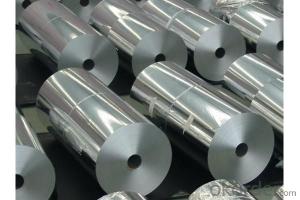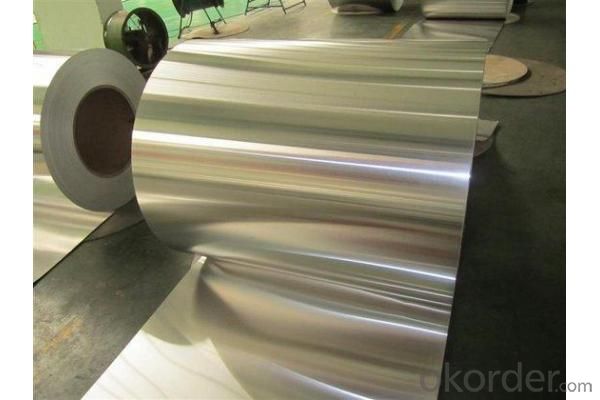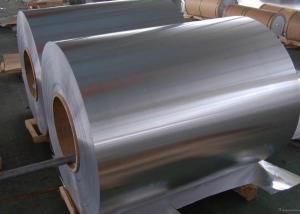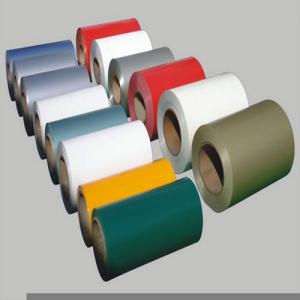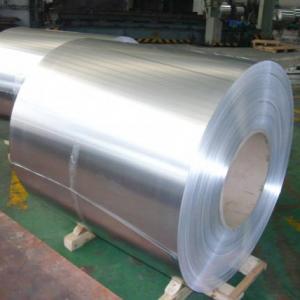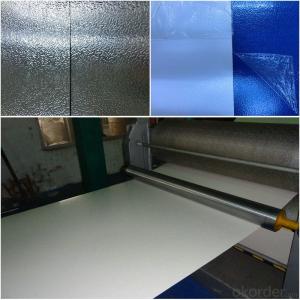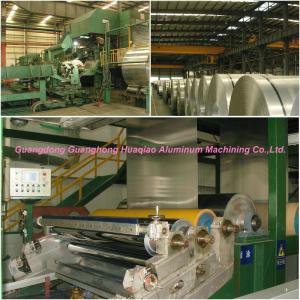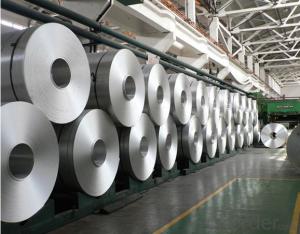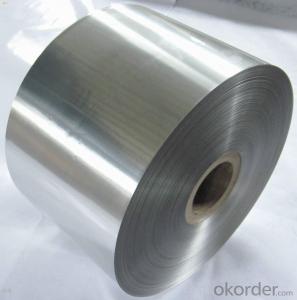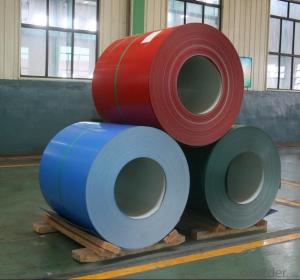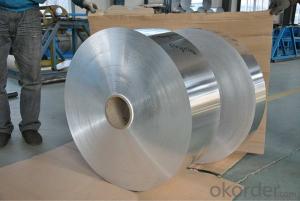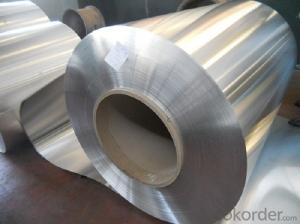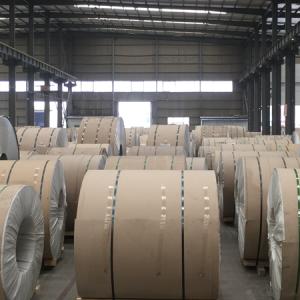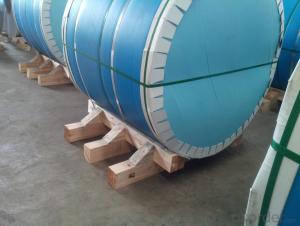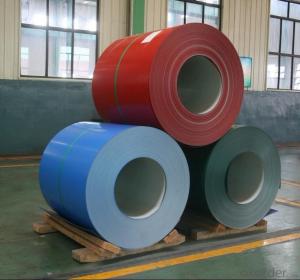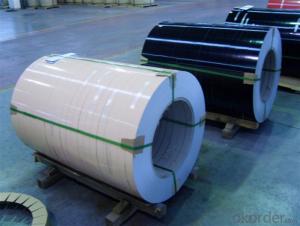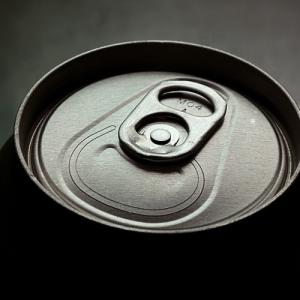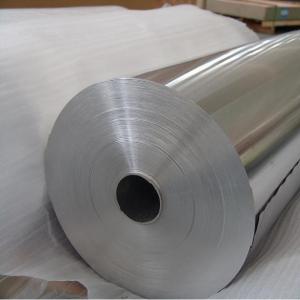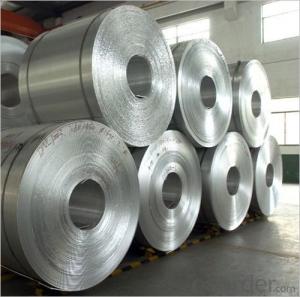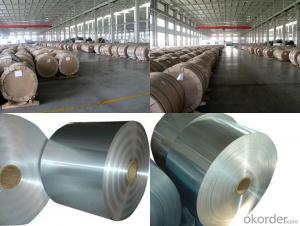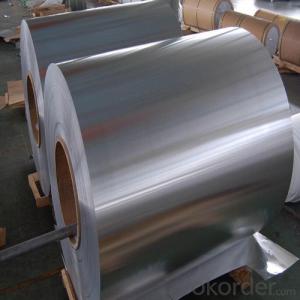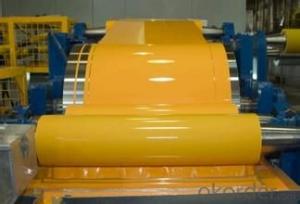Aluminum Coils Auburn Wa - Alloy Aluminium Coil 5052 5083 H32 0.05-6.0
- Loading Port:
- Tianjin
- Payment Terms:
- TT OR LC
- Min Order Qty:
- 100 m.t
- Supply Capability:
- 10000 m.t/month
OKorder Service Pledge
OKorder Financial Service
You Might Also Like
Specification
Specification:
Alloy | Temper |
1050 1060 1070 1100 | H112, H24, O |
2024 LY12 LY11 2A11 2A14 2017 2A17 | H112, T4, T351, T6 |
3A21 3003 3103 3004 3005 3105 | H112, H24, O |
5052 5754 5005 5083 5086 | H32, H112, H111, H24, O |
6063 6061 | H112, T6, T651, T5, T4,O |
Specification | 1.Thickness: 0.2-60mm 2.Width: 500-2000mm 3.Length:According to requirement 4.Temper: Various status Coils can be produced as your request. |
Application | Mainly used in construction, decoration, packaging, printing, covers material, signs,billboards, building exterior decoration, bus body, high-rise buildings and factories wall decoration |
Alloy Series | Typical Alloy |
1000 Series | 1050 1060 1070 1100 |
2000 Series | 2024(2A12), LY12, LY11, 2A11, 2A14(LD10), 2017, 2A17 |
3000 Series | 3A21, 3003, 3103, 3004, 3005, 3105 |
4000 Series | 4A03, 4A11, 4A13, 4A17, 4004, 4032, 4043, 4043A, 4047, 4047A |
5000 Series | 5052, 5083, 5754, 5005, 5086,5182 |
6000 Series | 6063, 6061, 6060, 6351, 6070, 6181, 6082, 6A02 |
7000 Series | 7075, 7A04, 7A09, 7A52, 7A05 |
Chemical Composition:
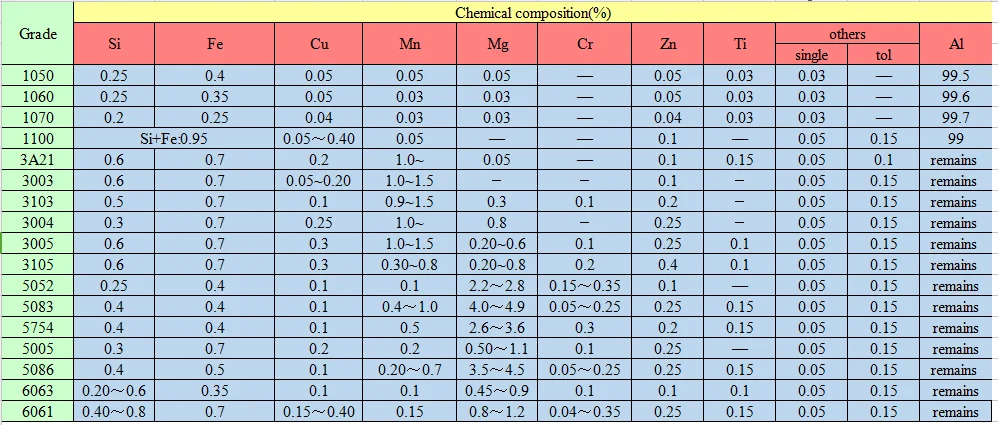
Packaging & Shipping
| Packaging Detail |
Coil is placed to the iron or wooden pallet ,rapped by water-proof kraft paper perfectly , then strong fixed by GI iron narrow belt .( About 2.5 ton / pallet ) |
| Dimension | 20 CM x 1220MM X 2440MM |
| Container | 20FT Container can load 25 tons max ; 40FT Container can load 27 tons max ; |
| Shipping | By Sea 20ft/40ft Container |
Our services
Main Services:
> Precision aluminum plate
> Casting products
> Forging products
Special Services:
> Alloy selection
> Aluminum machining techniques
> Hot working
> Surface treatment
Our Promise
---High quality stainless steel with reasonable price.
---Wide excellent experiences with after-sale service.
---Every process will be checked by responsible QC.
---Professional packing teams which keep every packing safely.
---Trial order can be done in one week.
---Samples can be provided as your requirements.
FAQ
Q: Do you have the CE, TUV, UL Certification?
A: We’ve already passed all the tests, and any certificate is available.
Q: Have you ever sold your products to companies in my country?
A: Of course, we have customers in all general PV markets, but I think we should expand our market share along with the market growth.
Q: How do you pack your products?
A: We have rich experience on how to pack to make sure the safety on shipment when it arrives at the destination.
Q: Can you do OEM for us?
A: Yes, we can.
Q: Can we visit your factory?
A: Surely, I will arrange the trip basing on your business schedule.
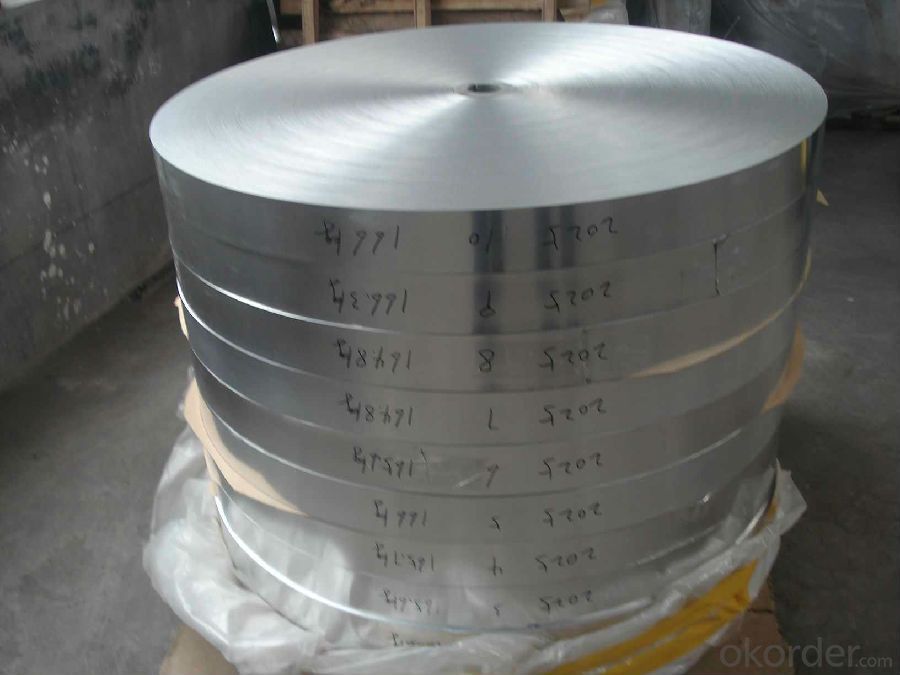
- Q: The canoe is aluminum. It has some paint remaining on it from what i am assuming is the original factory paint. The paint is just in patches, so my question is do i sand only where the paint is, or the whole canoe? Will sanding the aluminum damage it? Or should I not sand it at all, and just use paint stripper? After getting the old paint off, what kind of primer should i use? or is it not necessary to prime? What kind of paint should I use? I plan on it being multi tone(a leafy camo, of olive drab, flat black, and a gray tone).
- Pete is on the right track, but I think that rather than primer, what you need is to wash the aluminum with acid after you use a chemical stripper to get the paint off. The acid dissolves the layer of corrosion that all aluminum gets with exposure to air and also gives the fresh primer something to adhere to. You can lightly sand aluminum by hand or with a random orbit sander, but aluminum dust has been linked to alzheimer's disease so wear a good mask. But if your canoe has a lot of paint still on it or a lot of rivets and seams, then a stripper made for aluminum will save you a lot of time and effort. Go to a place that specializes in paints and finishes specific to the boating, recreational vehicle, or trucking industries as they deal with aluminum all the time and have the specialized products that you need in order to refinish and repaint it because it isn't like steel or wood and requires specific formulations. If you try to skip a step or buy the wrong stuff, your efforts will probably not succeed because working with aluminum is unlike any other material. Read and follow all directions and safety instructions carefully because the chemicals involved are strong and can give off toxic fumes. Because most things made from aluminum are subject to a wide variety of climates and rough handling, you need to buy products that are specially formulated for it and follow the steps and safety precautions exactly or all your hard work will probably be for naught.
- Q: What substances are used to make aluminum coils?
- <p>Aluminum coils are made from aluminum, a lightweight and malleable metal with the chemical symbol Al. They are typically produced from high-purity aluminum or aluminum alloys, which may include small amounts of other elements to enhance specific properties such as strength, durability, or resistance to corrosion. Pure aluminum is soft and lacks strength, so alloys are often used to improve these characteristics for various applications.</p>
- Q: I have a couple aluminum baking sheets, and when i wash them, then dry them with a towel, it turns the towel black? why is this? are these still ok to use? Ive been putting one of those silicone baking sheets or parchment paper on the sheets because of this. but i cant really do that with the cake pan. so how do i stop it from doing this?
- are you putting them in the dushwasher or doing them by hand...dishwashers will sometimes turn aluminum products black...
- Q: Is it possible to construct a portable speaker or speaker docking station using aluminum coils?
- <p>Yes, you can use aluminum coils in the construction of a portable speaker or speaker docking station, but they are not the primary component. Aluminum coils can be used in the speaker's electromagnetic parts, such as in the voice coil of the speaker driver or in the transformer of a docking station. However, the main components of a speaker include a diaphragm, voice coil, magnet, and enclosure, while a docking station would require a connector for the device, an amplifier, and possibly additional circuitry. The aluminum coil's role is to facilitate the magnetic field interaction with the voice coil, which converts electrical signals into sound waves. It's essential to consider the entire design and other necessary components when building such devices.</p>
- Q: Can aluminum coils be used in HVAC heat exchangers?
- Indeed, HVAC heat exchangers can make use of aluminum coils. The reason behind aluminum's popularity as a heat exchanger material lies in its exceptional thermal conductivity, lightweight nature, and resistance to corrosion. In air conditioning systems and heat pumps, aluminum coils are frequently employed to efficiently transfer heat between the refrigerant and the ambient air. Furthermore, the malleability and formability of aluminum coils facilitate the creation of intricate designs, resulting in enhanced heat transfer capabilities. All things considered, aluminum coils prove themselves as dependable and efficient options for HVAC heat exchangers.
- Q: This question is asking about the potential negative effects or hazards associated with the use of aluminum coils.
- <p>The use of aluminum coils can pose certain risks and dangers, primarily due to their high thermal conductivity and reactivity. When used in cooking or heating applications, aluminum coils can cause uneven heat distribution, which may lead to burning or melting of food. Additionally, aluminum can react with acidic or alkaline foods, potentially leaching aluminum into the food and causing health concerns such as neurological disorders and bone diseases. Moreover, aluminum coils can corrode over time, especially when exposed to moisture or certain chemicals, which can weaken their structure and pose a risk of breakage or injury. It's important to use aluminum coils appropriately and to monitor their condition regularly to minimize these risks.</p>
- Q: why do we use copper more than aluminum? give some characteristic of copper that makes it better then aluminum?
- more ductile, better conductor. thats about it. we use it for wires and electrical stuff. aluminum is for hard things like cans or cars.
- Q: Are aluminum coils available in custom sizes?
- Yes, aluminum coils are available in custom sizes. Aluminum coils are versatile and can be manufactured to meet specific size requirements. This flexibility allows for a wide range of applications across various industries. Whether it's for HVAC systems, transportation, construction, or other purposes, aluminum coils can be custom-made to fit the specific needs of a project. Custom-sized aluminum coils ensure a perfect fit and optimal performance, offering greater efficiency and cost-effectiveness.
- Q: What are the various applications and purposes of aluminum coil in different industries?
- <p>Aluminum coil is widely used in numerous applications due to its lightweight, corrosion resistance, and high strength. It is commonly used in construction for roofing and siding, in the automotive industry for body panels and heat exchangers, and in the packaging industry for food and beverage cans. Aluminum coil is also utilized in electrical applications such as transformers and wiring, and in the manufacturing of everyday items like foil and cookware. Its versatility makes it a popular material in various industries.</p>
- Q: Will the aluminum braking surface dissipate heat evenly allowing for fast stops from fast descents or will I have to still pulsate braking to reduce heat build up in the tires and tubes?
- Another vote for aluminum. Wheels with a basalt brake layer are overpriced.
Send your message to us
Aluminum Coils Auburn Wa - Alloy Aluminium Coil 5052 5083 H32 0.05-6.0
- Loading Port:
- Tianjin
- Payment Terms:
- TT OR LC
- Min Order Qty:
- 100 m.t
- Supply Capability:
- 10000 m.t/month
OKorder Service Pledge
OKorder Financial Service
Similar products
Hot products
Hot Searches
Related keywords
